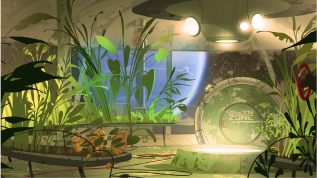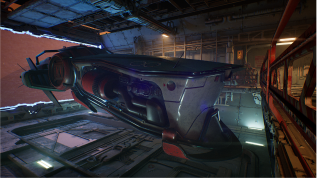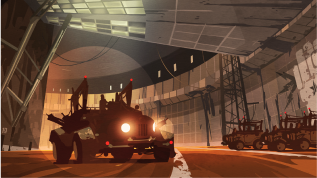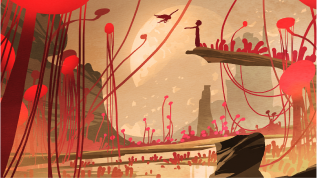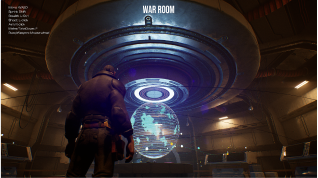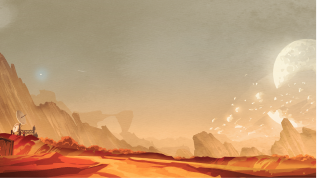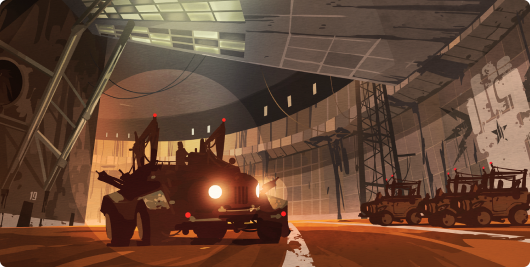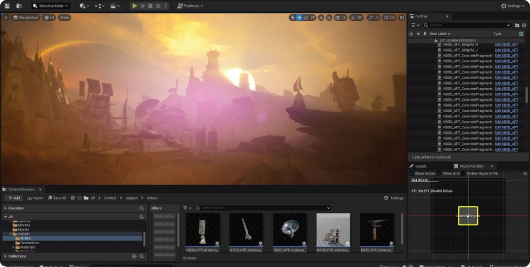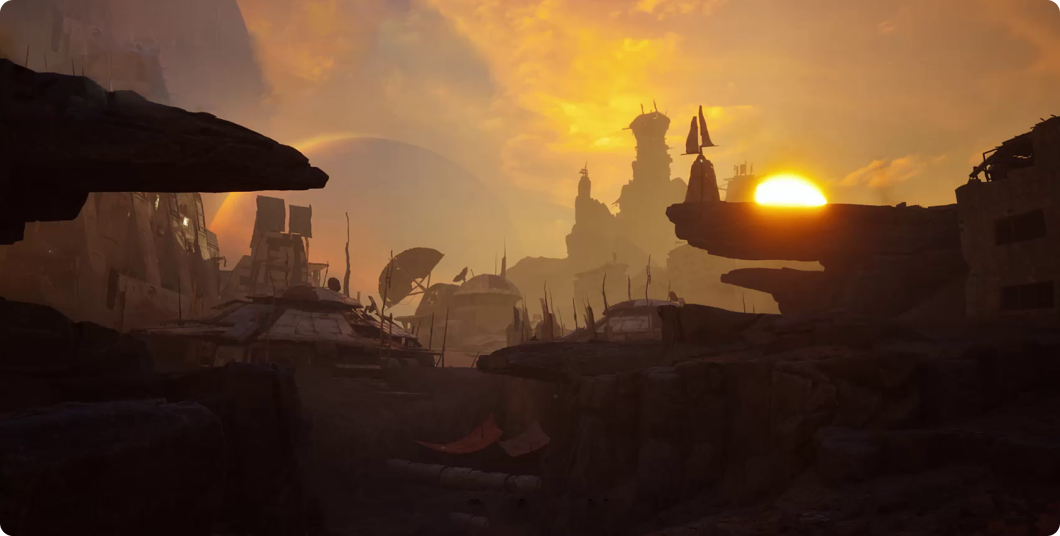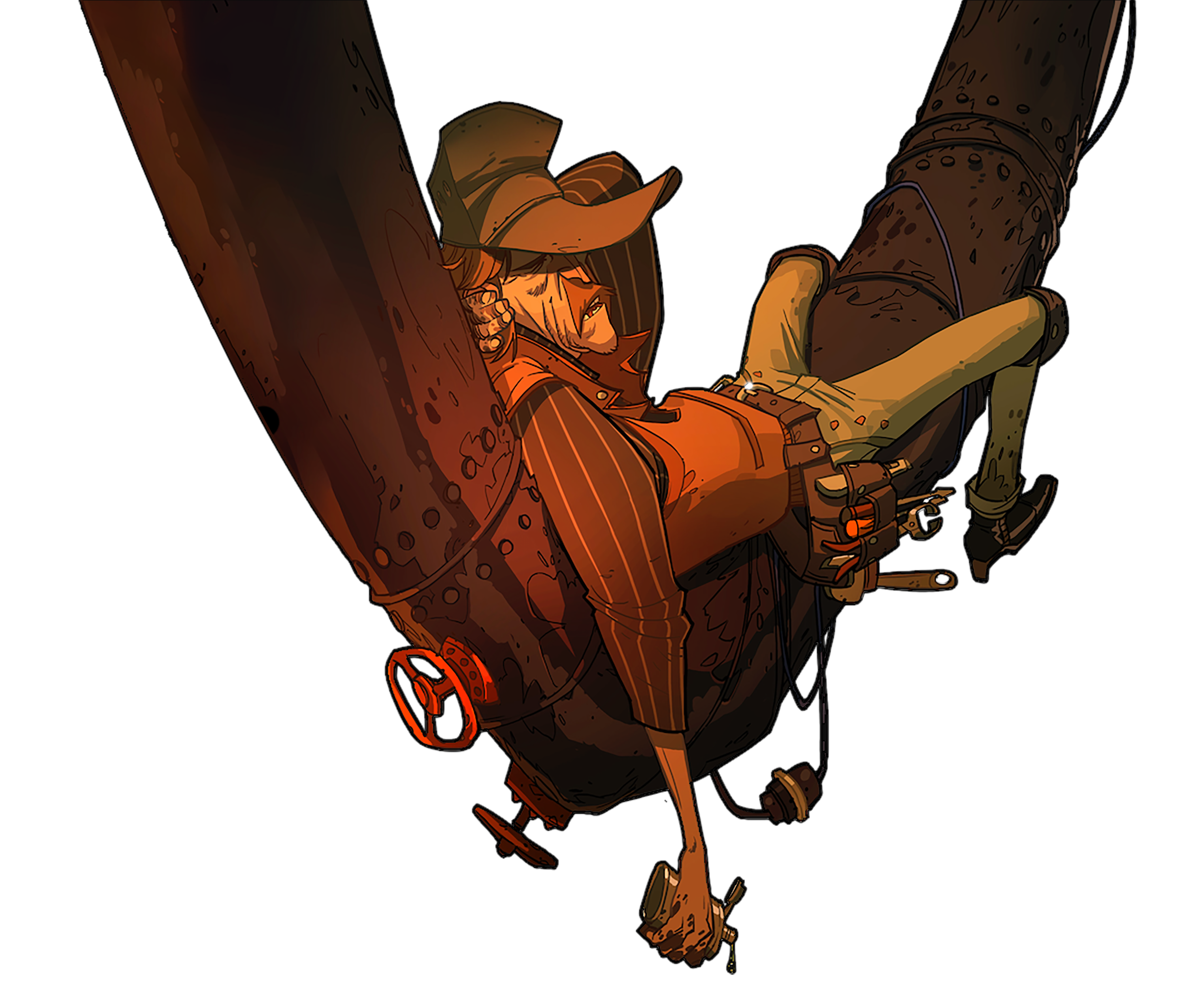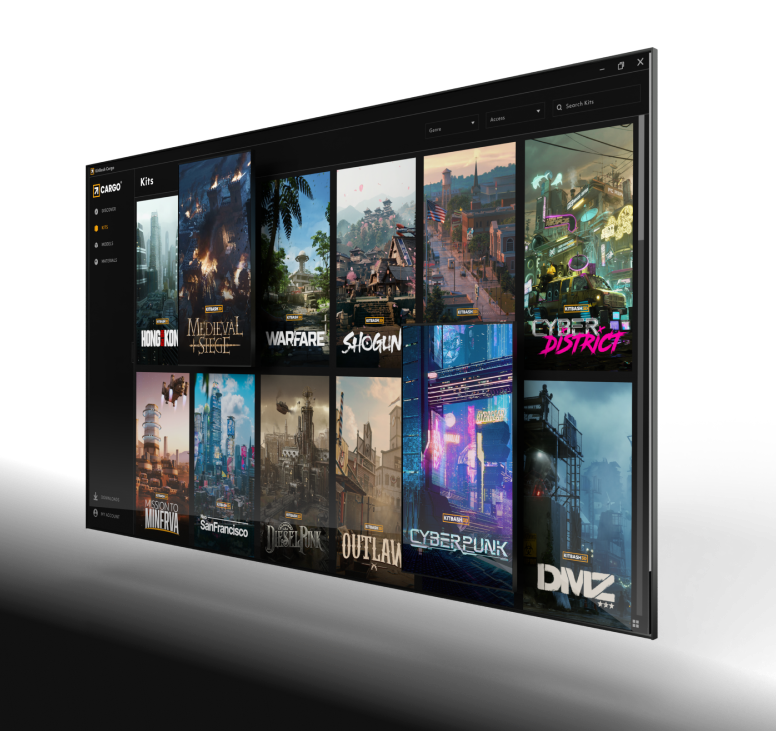Transitioning from AAA to indie game development, Harvey Newman and Proxima Studios faced the colossal task of building Warship Jolly Roger's universe—a feat typically accomplished by large teams of artists in the AAA sphere. "Moving from environments where armies of artists bring worlds to life, to an indie setting where resources are much tighter, was a stark shift," Newman admits. The game's ambition to create a vast galaxy of diverse planets and cultures added layers of complexity to this challenge.
The scope of Warship Jolly Roger meant dealing with a huge asset list to render its myriad worlds with the richness and detail they deserved. Early in the development process, the art director highlighted a sobering reality: "To truly bring this universe to life, we're going to need a lot of artists." This statement underscored the scale of the undertaking, especially daunting given the studio's indie status and limited budget.
In search of a solution that could bridge the gap between their AAA aspirations and indie realities, Proxima Studios turned to Cargo by KitBash3D. Cargo offered a lifeline—its comprehensive library of high-quality, customizable assets allowed the team to populate the game's expansive universe without the need for an extensive team of artists. "Cargo empowered us to achieve AAA visual quality while adhering to our indie constraints," Newman reflects. "It enabled us to bring the diverse and detailed worlds of Warship Jolly Roger to life, without compromising on the depth or breadth of our vision."


